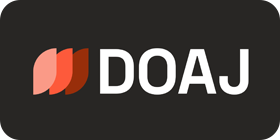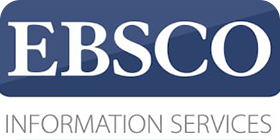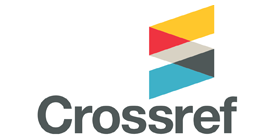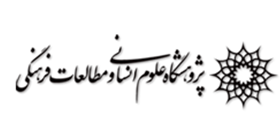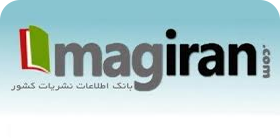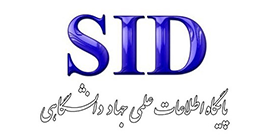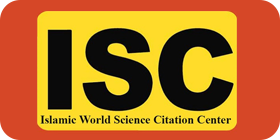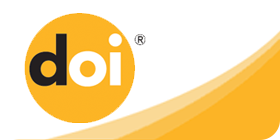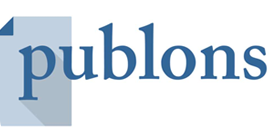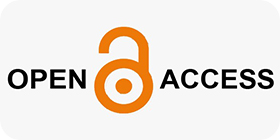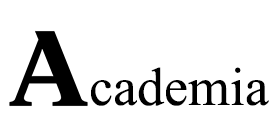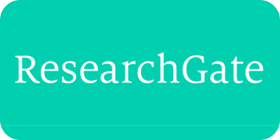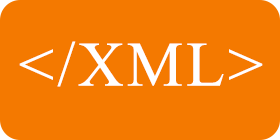Social Barriers Faced by Women with Ineffective Guardians in accessing the Services of the Behzisti Office in Tehran
Keywords:
Women with ineffective male heads of household, social support , social services, social barriersAbstract
Purpose: This study aimed to identify and analyze the Social barriers faced by women with ineffective guardians in accessing the services of the behzisti Office in Tehran from accessing welfare support and services, with the goal of informing targeted interventions to enhance their social and economic empowerment.
Methods and Materials: A mixed-method design combining qualitative and quantitative approaches was employed in the second half of 2023. The qualitative phase utilized semi-structured, in-depth interviews with 17 experts and 20 Delphi panel members, including lawyers, social workers, psychologists, and sociologists, selected through purposive, snowball, and convenience sampling. Colaizzi’s content analysis method and Atlas.ti software were used for coding and theme development. The quantitative phase involved a cross-sectional survey of 250 women selected via convenience random sampling from female-headed households under the Welfare Organization of Tehran, meeting specific inclusion criteria. Data were analyzed using SPSS 27 and Smart-PLS 3, with reliability and validity confirmed through Cronbach’s alpha, composite reliability, AVE, Fornell–Larcker test, and structural equation modeling.
Findings: Structural equation modeling revealed significant positive relationships between access to welfare services and key components, including social participation (β = 0.67, p < 0.05), social skills (β = 0.944, p < 0.05), technical and vocational skills (β = 0.727, p < 0.05), family and emotional support (β = 0.938, p < 0.05), physical and mental health (β = 0.946, p < 0.05), and social health (β = 0.939, p < 0.05). The overall model demonstrated strong explanatory power (R² = 0.677) and a high goodness-of-fit index (GOF = 0.717), indicating robust alignment between the theoretical constructs and empirical data.
Conclusion: The findings highlight that improving welfare access for women with ineffective male heads of households requires integrated strategies that address not only economic needs but also social, emotional, health, and skill development dimensions. Enhancing inter-agency coordination, expanding skill-based programs, and strengthening family and community support systems are essential for sustainable empowerment.
Downloads
References
Afshani, A., & Fatehi, E. (2016). The empowerment of female-headed households and related socio-cultural factors: A study of women under the support of Imam Khomeini Relief Committee in Tabriz. Journal of Women and Society, 7(3), 20-28. https://www.sid.ir/fa/VEWSSID/J_pdf/29613952702.pdf
Aibak, K. (2023). Gender Justice: Construction of Family Guidance and Counseling by the Islamic Religious Extension Communication Forum. Martabat Jurnal Perempuan Dan Anak, 7(2), 145-166. https://doi.org/10.21274/martabat.2023.7.2.145-166
Balali, E. (2014). Factors affecting women's role conflict and its relationship with family conflicts in Hamedan. Applied Sociology, 1(1), 557-592. https://jas.ui.ac.ir/article_21165_00.html
Barari, M., Motahariasl, M., & Razavi Khorasani, S. J. (2012). Investigating the impact of membership in non-governmental organizations on the socio-economic status of female-headed households. Journal of Women's Sociology, 3(1), 153-176. https://www.noormags.ir
Faramarzi, S., & et al. (2011). The effectiveness of cognitive-behavioral group training of life skills on the mental health of women with disabled spouses. Journal of Social Welfare, 11(40), 218-222. http://ppls.ui.ac.ir/article_25344.html
Handy, M. (2024). A Legal Empowerment Approach to Improving Access to Justice for Victim-Survivors of Sexual and Gender-Based Violence. University of Colombo Review, 5(1), 50-78. https://doi.org/10.4038/ucr.v5i1.97
Hashemi, S. M., Schuler, S. R., & Riley, A. P. (1996). Rural Credit Programs and Women's Empowerment in Bangladesh. World Development, 24(4). https://www.sciencedirect.com
Kamatchi, R., & Zade, N. (2024). AI-Based Security Framework for Emotional and Personal Safety of Women. In Impact of AI on Advancing Women's Safety (pp. 14-23). IGI Global. https://doi.org/10.4018/979-8-3693-2679-4.ch002
Khossravi, Z., & et al. (2012). Investigating life satisfaction, belief in the fairness of the world, and social support in Iranian and Indian students. Journal of Women's Sociology, 3(2), 8-15. https://www.sid.ir/paper
Koparanova, M. (2012). Empowering Women for Sustainable Development. United Nations Economic Commission for Europe. https://www.indianjournals.com
Mahmoudi, S., & et al. (2018). Investigating the effectiveness of supportive laws and regulations on the willingness of women with disabilities in Tehran to work. Journal of Women's Strategic Studies, 21(82), 35-55. https://pzk.journals.miu.ac.ir/article_7430.html
Malhotra, A., & et al. (2009). Innovation for Women's Empowerment and Gender Equality. International Center for Research on Women. https://www.icrw.org
Mitiku, W. (2023). Gender Based Violence and Security Challenges of Women in Ethiopia: With Special Focus on Women Under Ethnic Conflicts. Journal of Education Society and Behavioural Science, 36(9), 17-29. https://doi.org/10.9734/jesbs/2023/v36i91254
Mohammadi, & et al. (2022). Qualitative analysis of the problems of women with disabled veteran spouses. Journal of Islamic Women and Family Studies, 10(29), 31-51. https://www.sid.ir/paper/94050/fa
Moradi, P., & Karami, M. (2023). Life, Women, and Nothing Else: A Critical Evaluation of the Bill on Preventing Harm to Women and Enhancing Their Security Against Misconduct.
Panda, U. (2011). Role Conflict, Stress and Dual-Career Couples: An Empirical Study. The Journal of Family Welfare, 57(2). http://www.dspace.stellamariscollege.edu
Shiani, M. (2010). Citizenship and social welfare. Journal of Social Welfare, 1(4SP - 9), 23. https://www.sid.ir/paper/56695/fa
Shrestha, I. (2024). Career Growth of Women Employees in Nepalese Insurance Companies: A Role of Demographic Factors. Nepalese Journal of Insurance and Social Security, 7(1), 54-63. https://doi.org/10.58665/njiss.61
Soleimani, F., Nikkhah, S., & Mousavi, H. (2022). Challenges and obstacles to policymaking in the field of gender justice in the field of welfare and social security. Welfare Policy Quarterly, 38-41. https://doi.org/10.1007/s11205-022-02711-0
Sripati, V. (2024). Women, Peace and SecurityManufacturing Women’s Consent for Policies That Harm Them. 203-242. https://doi.org/10.1093/oso/9780198903154.003.0005
Syamanta, T. (2024). Towards Feminist Justice: Reforms and Challenges in Islamic Courts for Gender Equality and Women's Rights. Syariat, 1(1), 36-57. https://doi.org/10.35335/g9drrx81
Törnqvist, A. (2009). Women's Economic Empowerment: Scope for Sida's Engagement. Sida Gender Equality Team, Catharina Schmitz, Indevelop-IPM. https://www.enterprise-development.org
Truman, J. L., & Morgan, R. E. (2022). Violent victimization by sexual orientation and gender identity, 2017-2020. US Department of Justice, Office of Justice Programs, Bureau of Justice …. http://www.antoniocasella.eu/nume/Truman_Morgan_June22.pdf
Downloads
Published
Submitted
Revised
Accepted
Issue
Section
License
Copyright (c) 2025 Mina Zahraee (Author); Soraya Rostami; Afsaneh Tavassoli (Author)

This work is licensed under a Creative Commons Attribution-NonCommercial 4.0 International License.

